My Dream Vegetable and Herb Kitchen Garden
If you have been following me on my Sunday Morning Coffee posts, then you know I have started a big vegetable kitchen garden project.
In today’s fast-paced world, there’s something deeply satisfying about growing a kitchen garden. Not only does it reconnect us with healthy eating, but it also provides a sense of accomplishment and self-sufficiency. Inspired by Nicole Burke’s Kitchen Garden Revival book and her online class, Kitchen Garden 2.0, I am halfway done to having my dream vegetable and herb kitchen garden.
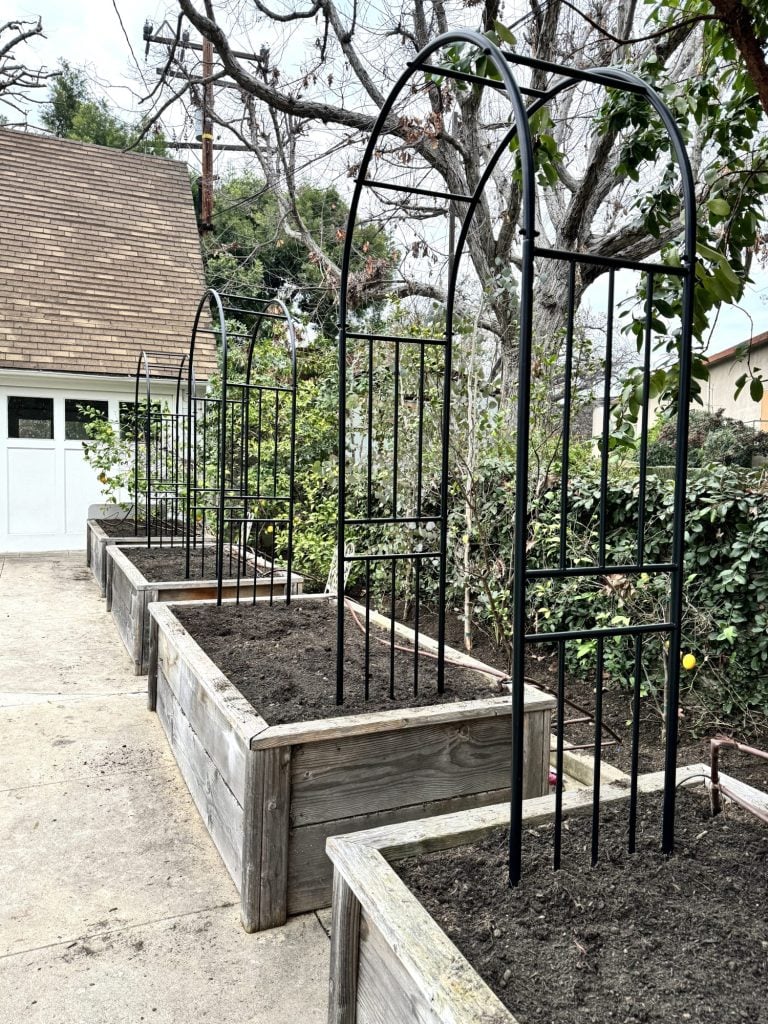


A Guide to Starting Your Kitchen Vegetable Garden
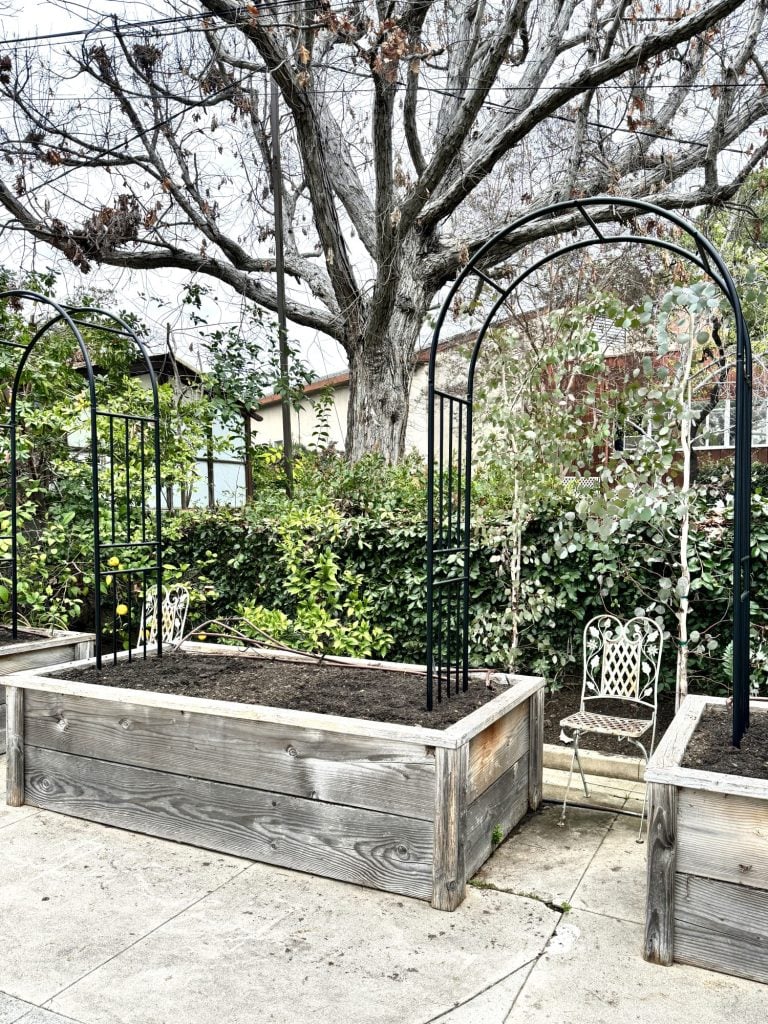
There are so many steps to creating a kitchen garden and I have learned so much!
With four raised beds that I built five years ago, it was time to breathe new life into my gardening space. After replenishing the soil, revamping the irrigation system, and installing trellises for climbing vegetables like peas, cucumbers, and tomatoes, planning out and selecting my plants, the only step I have to complete is planting!
On this blog, I may sometimes use affiliate links, which means a small commission is earned if you purchase via the link. The price will be the same whether you use the affiliate link or go directly to the vendor’s website using a non-affiliate link.
Why Start a Kitchen Garden?
Before diving into the nitty-gritty of starting your kitchen garden, let’s explore why it’s worth the effort. First and foremost, growing your own food allows you to enjoy the freshest produce possible. There’s nothing quite like picking ripe tomatoes or crisp lettuce from your own backyard and incorporating them into your meals. Not to mention the many health benefits of eating fresh, organic produce that you’ve grown yourself.
Preparing Your Garden Beds
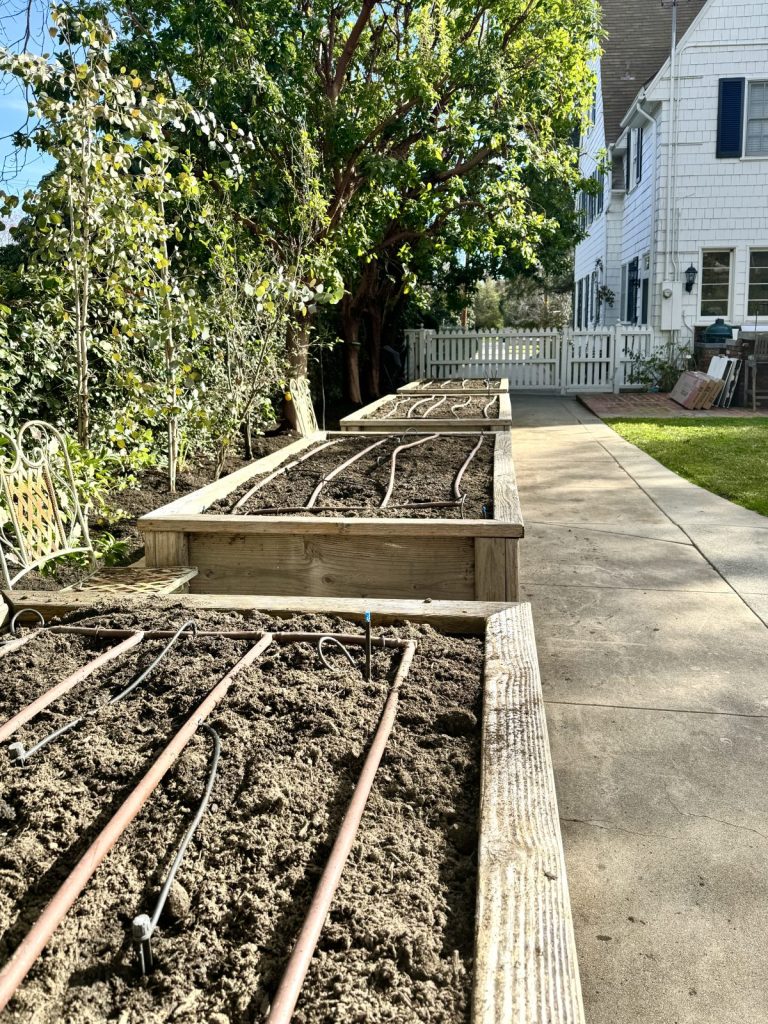
The foundation of a successful kitchen garden lies in the quality of the soil. After five years of use, my raised beds needed rejuvenation.
With all of the rain we have had the past two months, my empty garden beds lost a lot of soil! Almost a foot in each one!
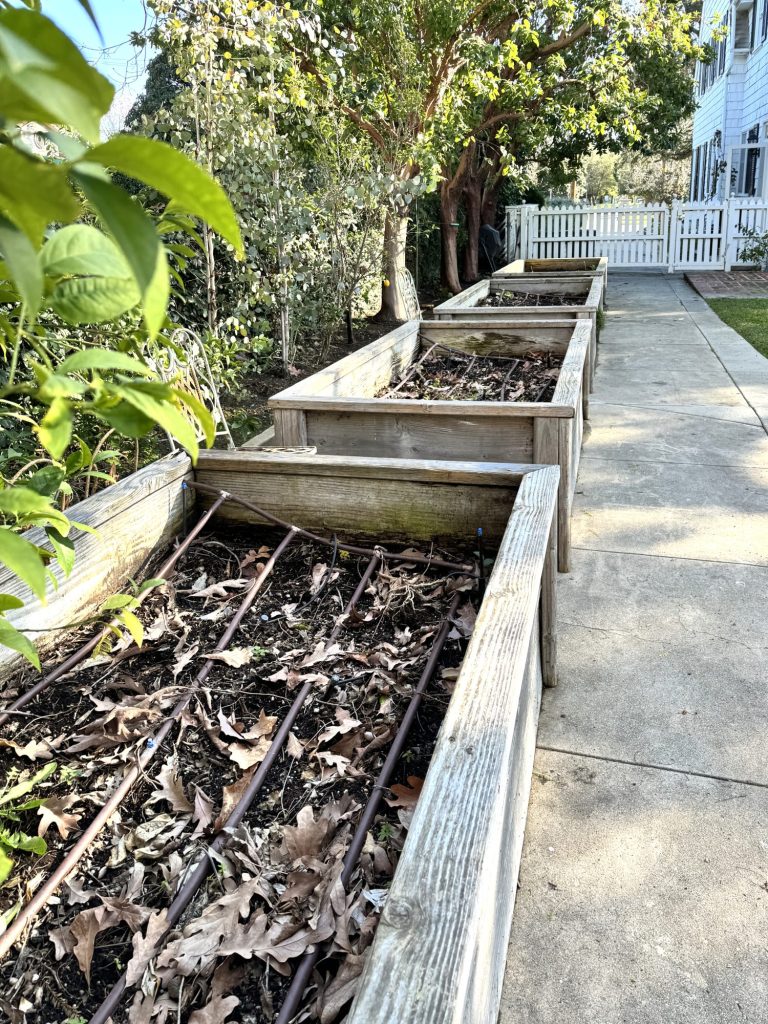
I began by clearing out any weeds and debris, then added at least a foot of new soil to each bed.
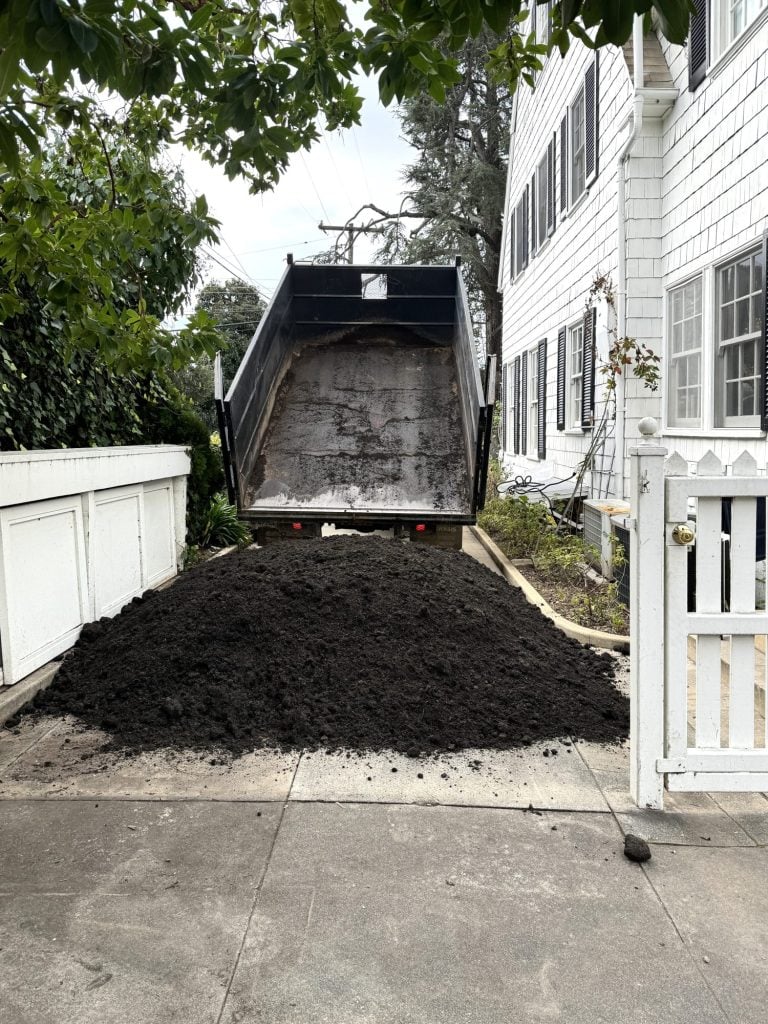
I opted for a nutrient-rich organic soil mix to ensure that my plants will have the best possible start. Remember to choose soil that is well-draining yet retains moisture, as consistent watering is key to a thriving garden.
The best price to find the soil (since I needed quite a bit) was ordering it and having it delivered. It’s much better soil, and less expensive, than buying it in individual bags.
In Nicole’s book, she has a formula to use that mixes potting soil, compost, and sand for the best soil. I found the closest thing and had four cubic yards delivered. Of course, it was more soil than I needed, but the rest of our flower beds got a great amendment too! (Better too much, than too little, right?)
Revamping the Irrigation System
Efficient watering is essential for maintaining healthy plants, especially during the hot summer months. To ensure that my garden received adequate hydration, I decided to revamp the irrigation system.
This involved replacing a few of the old drip lines and sprinklers with new, more efficient ones and adjusting their placement to ensure even coverage. Also when I installed the new trellises, I had to cut and replace some of the drip system to make them fit.
Installing Trellises for Climbing Vegetables
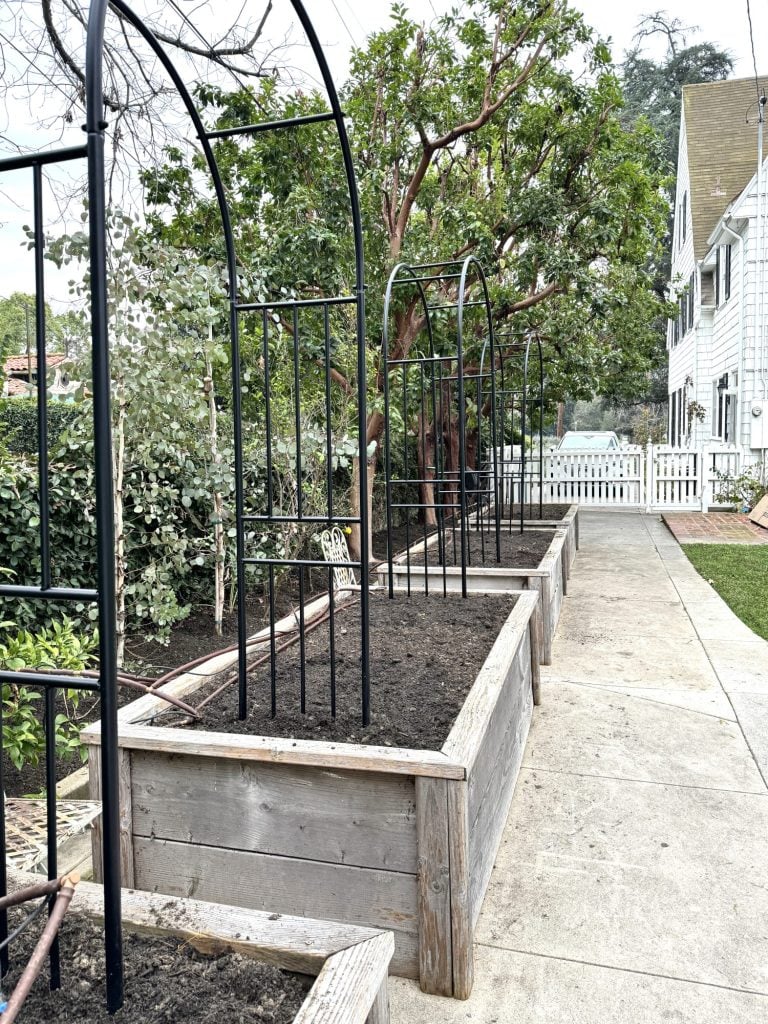
One of the joys of gardening is watching plants reach for the sky as they grow. To maximize space and support climbing vegetables such as peas, cucumbers, and tomatoes, I installed three metal trellises between my raised beds.
These sturdy structures not only provide support for vining plants but also add vertical interest to the garden. Don’t they look fabulous? By training vegetables to grow upwards, I’m able to make the most of the space while keeping fruits off the ground and away from pests.
I bought three Outdoor Garden Arches and I was happy to realize how well-priced they were. I put them together myself, which took about two hours. To install them in the beds, all I did was dig a trench and bury them about 6″ in the soil. Ideally, had I been more proactivetive I could have built them and put them in the beds before the soil was delivered.
Choosing Your Plants
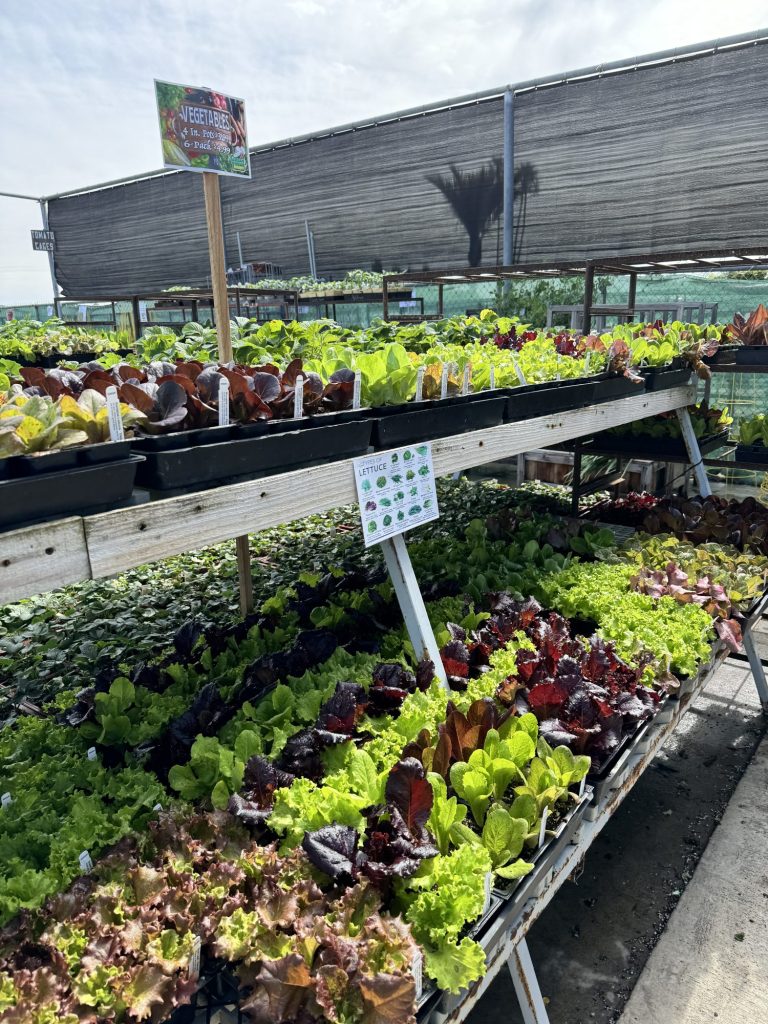
With the groundwork laid and preparations complete, it was time for the most exciting part: choosing which plants to grow.
My biggest dilemma was figuring out where to buy my plants. Since I am growing food, I didn’t want any plants that used enhancers for growing. Ideally, I wanted a local nursery that offered reasonably priced and well-grown plants.
I went to the Ventura County Farmer’s Market and asked all of the vendors where I should buy my plants. A few of them suggested Green Thumb Nursery and that’s where I went. Their selection was unbelievable!
FYI, Green Thumb has quite a few locations in Southern California.
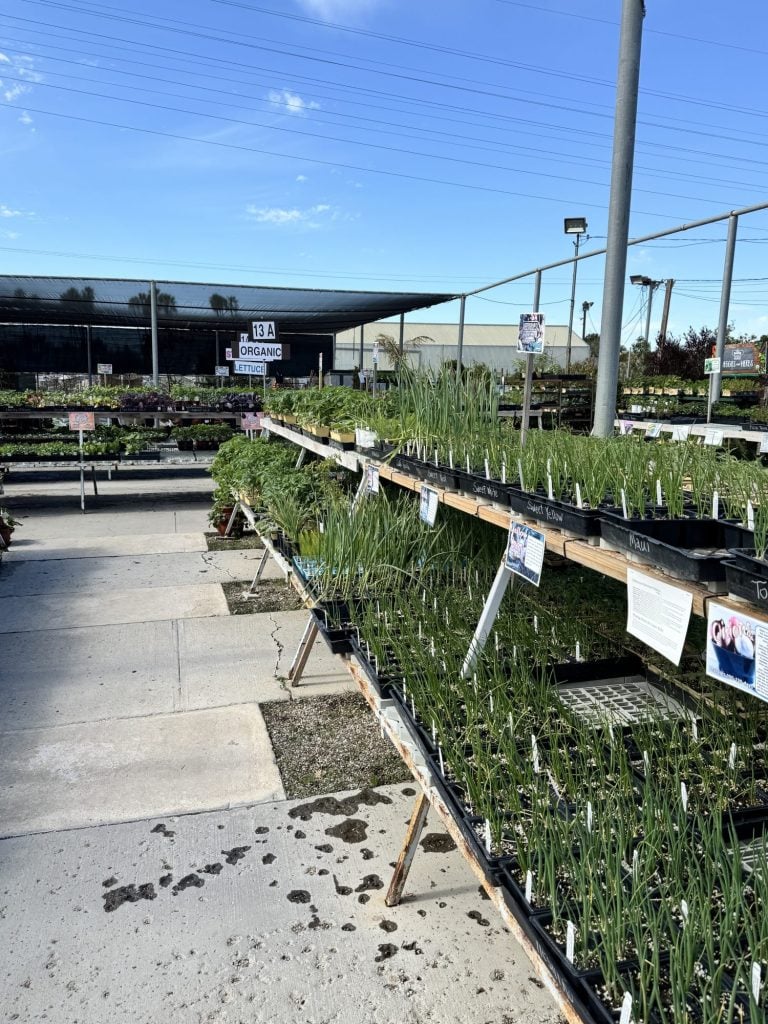
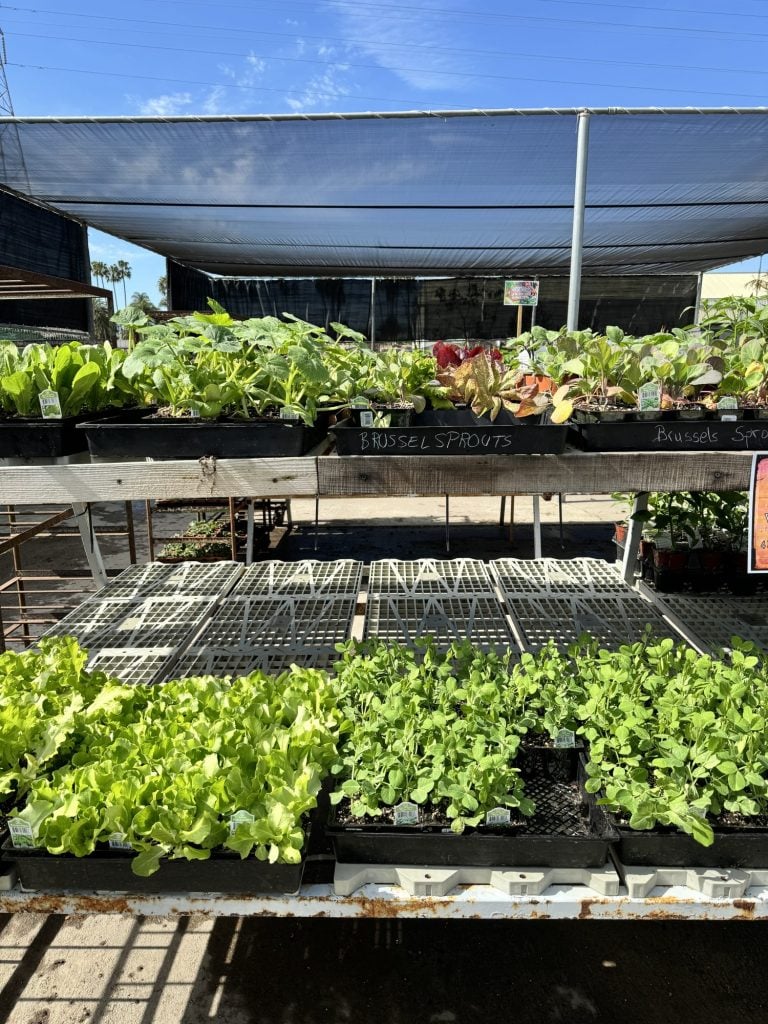
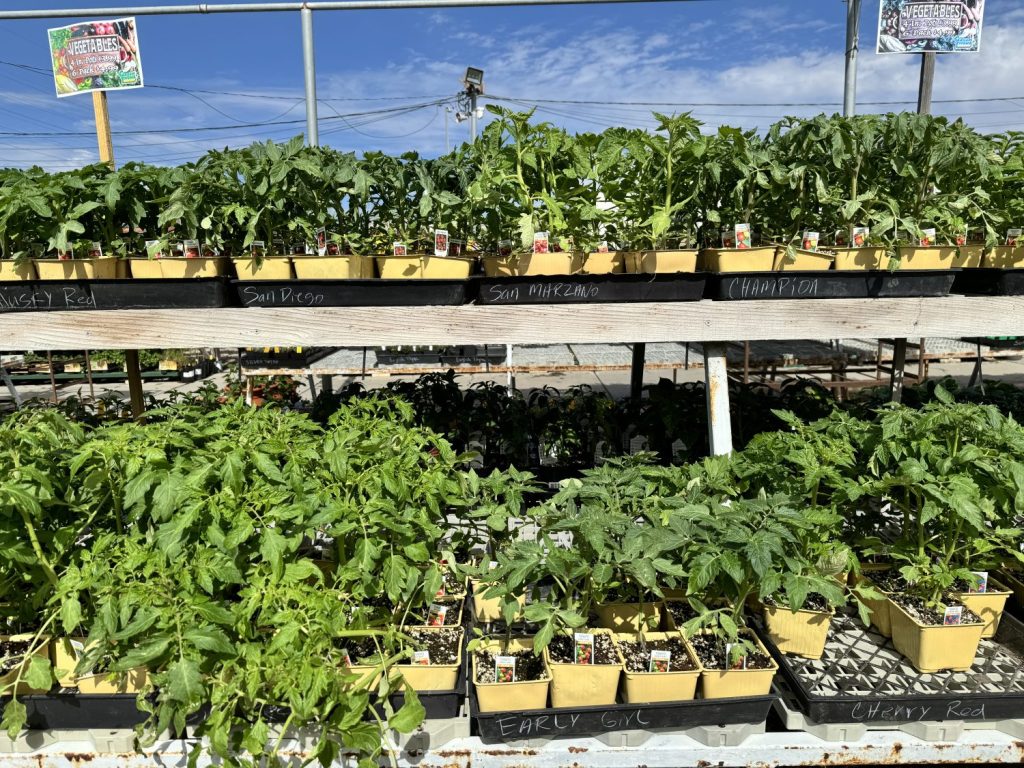
Green Thumb Nursery was the perfect nursery with a huge selection.
When selecting crops for your kitchen garden, Nicole from Gardenary suggests factors such as your climate, available space, and personal preferences. I opted for a mix of herbs, leafy greens, root vegetables, and of course, plenty of tomatoes, cucumbers, and peas to take advantage of my new trellises. Don’t be afraid to experiment with different varieties and try growing something new each season.
I also bought a lot of six-packs of vegetables because they were so much less expensive. (Each six-pack of plants was $4.99 which is substantially lower than the big box hardware stores.) It takes patience but I have plenty of time. And considering how many plants I needed, it was a very smart choice.
Next Steps
Planning, planting, maintenance, and eventually harvesting are all up next. Since it is important to plant your plants as soon as possible after purchasing them, I will be planting this weekend. That also gives me a bit more time to make sure I have what I need for all four raised beds,
Happy gardening!
Starting a kitchen garden is not just a one-time project; it’s a journey of learning, growth, and discovery. As you tend to your plants and nurture them from seed to harvest, you’ll develop a deeper connection to the natural world and gain valuable skills that will serve you well for years to come. So roll up your sleeves, dig in the dirt, and let the magic of gardening transform your kitchen and your life.
Early next week I will share a list of everything I plant and all of the photos!
Gardening Must Haves!
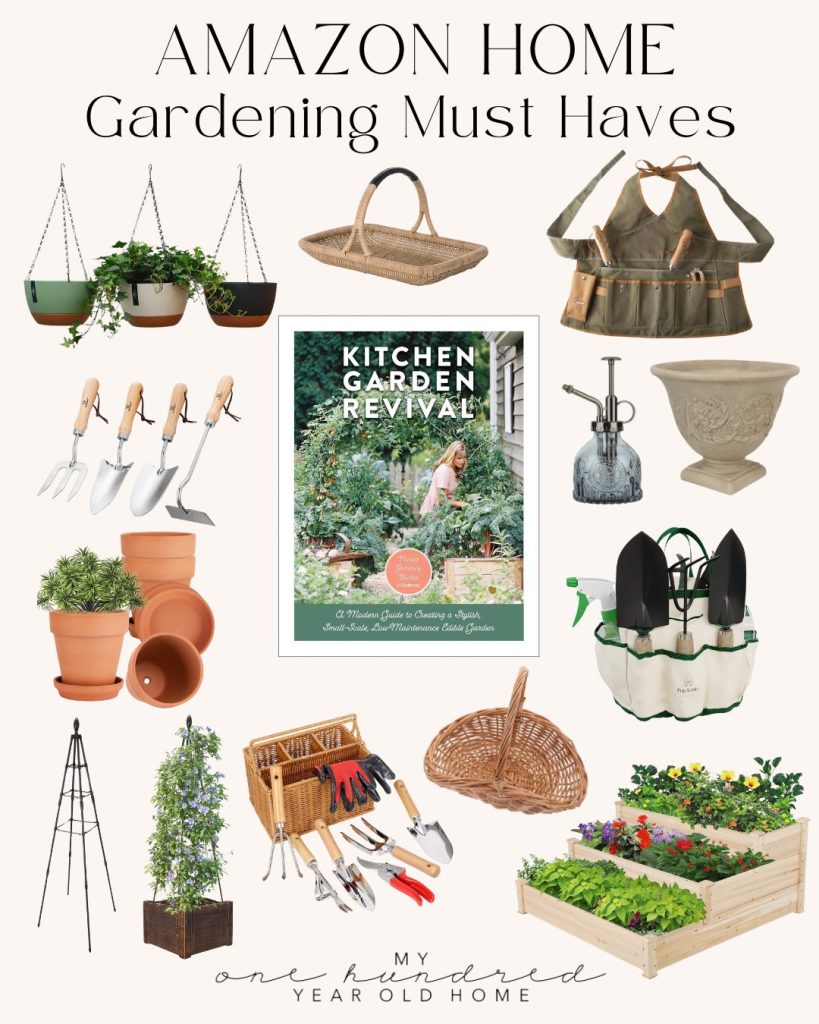
If you are enjoying my blog, you can sign up to receive my blog updates here. .
Pin the image below to your boards on Pinterest (just click the Pin button in the top left corner). You can also follow along with me on Pinterest!
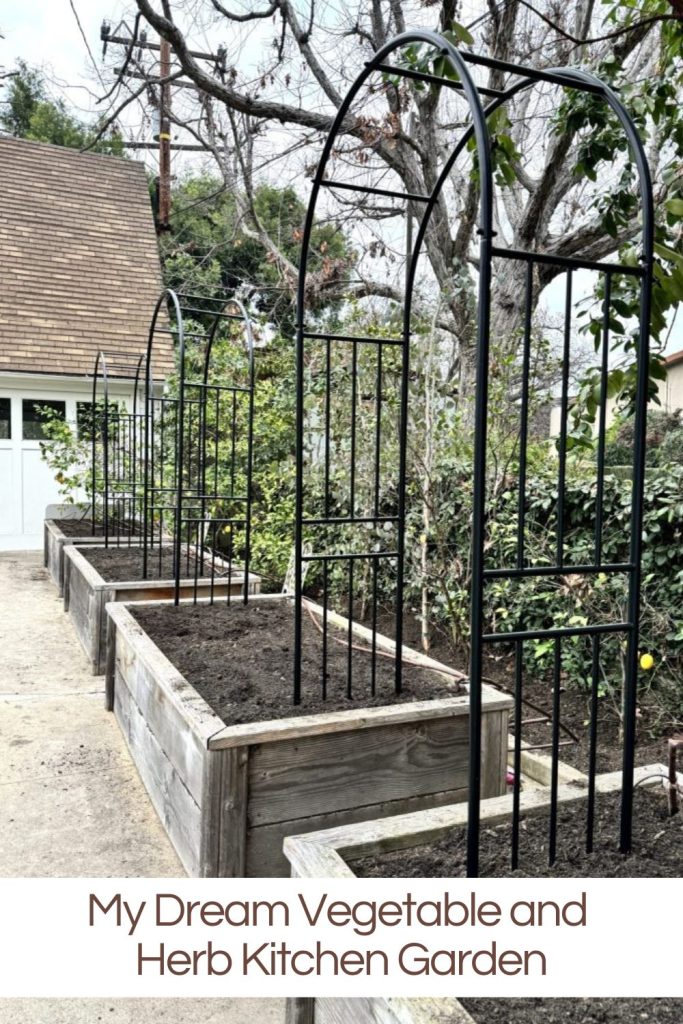
For more real-time updates, follow me on Instagram @My100YearOldHome

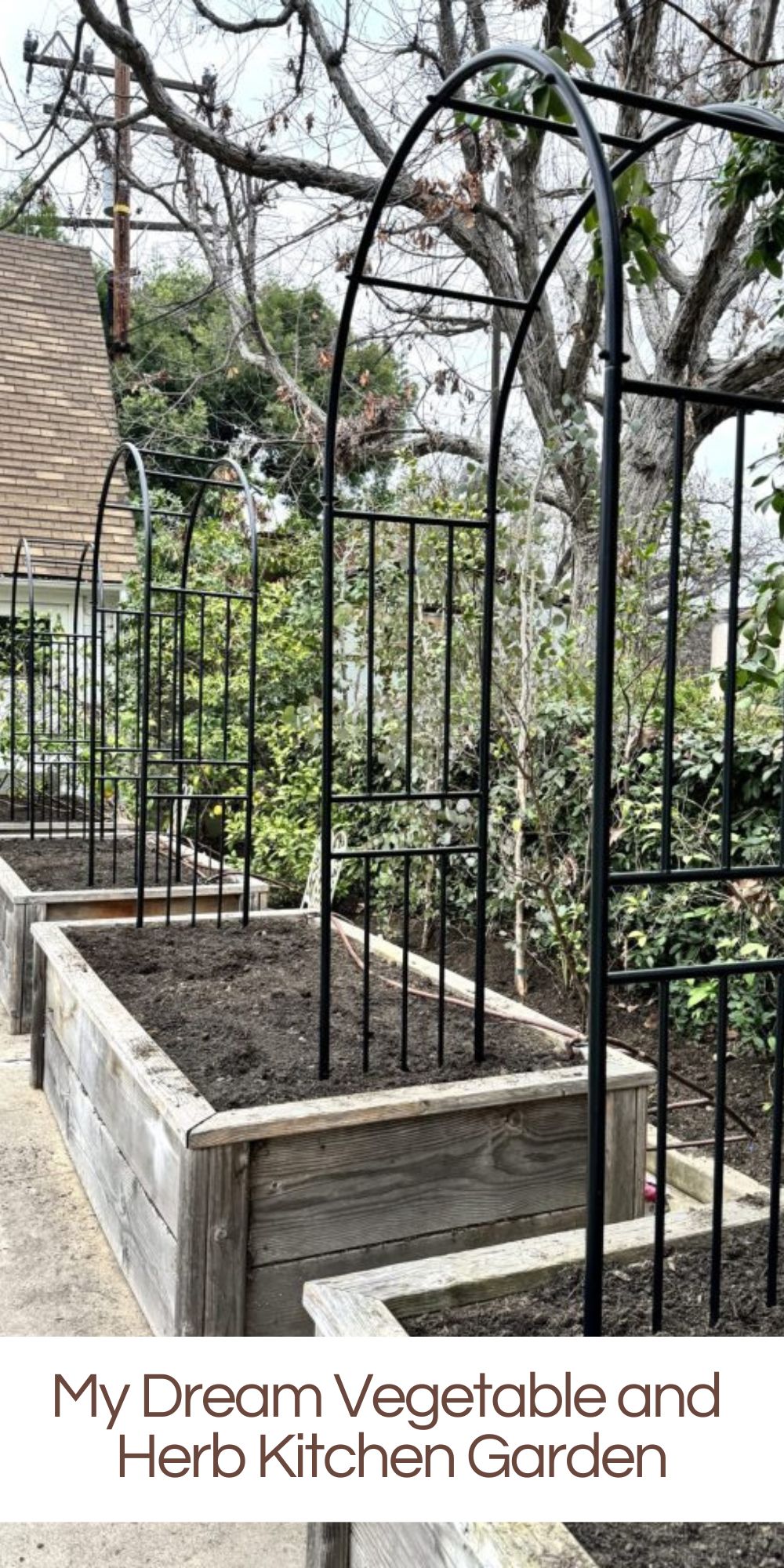
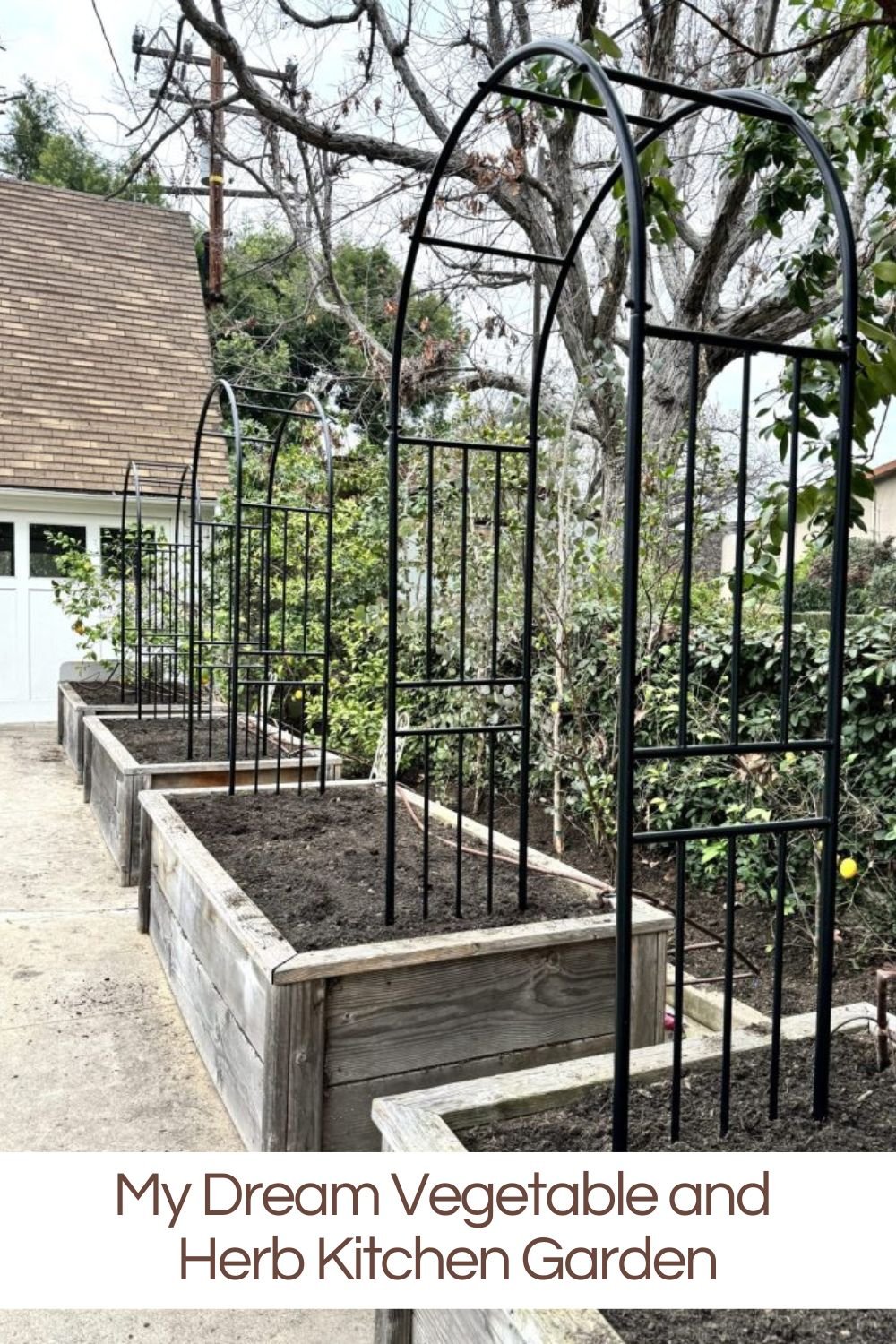
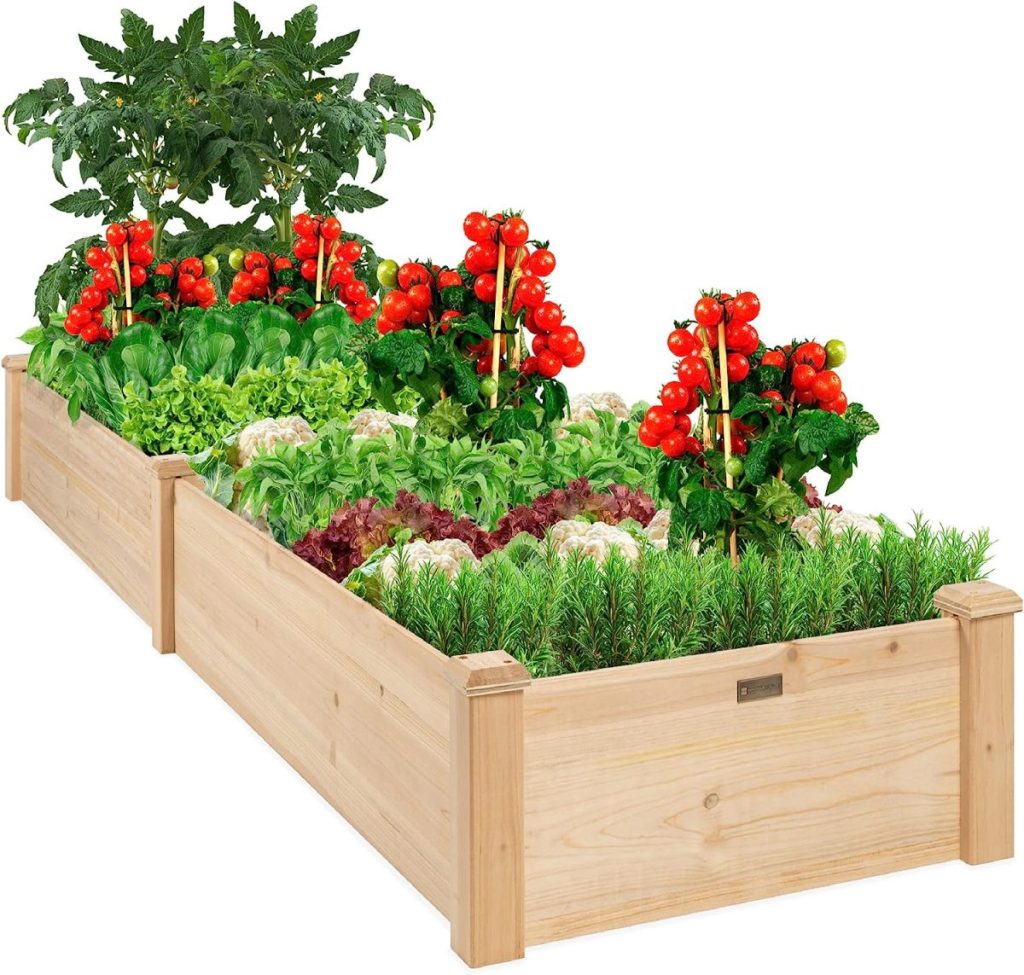
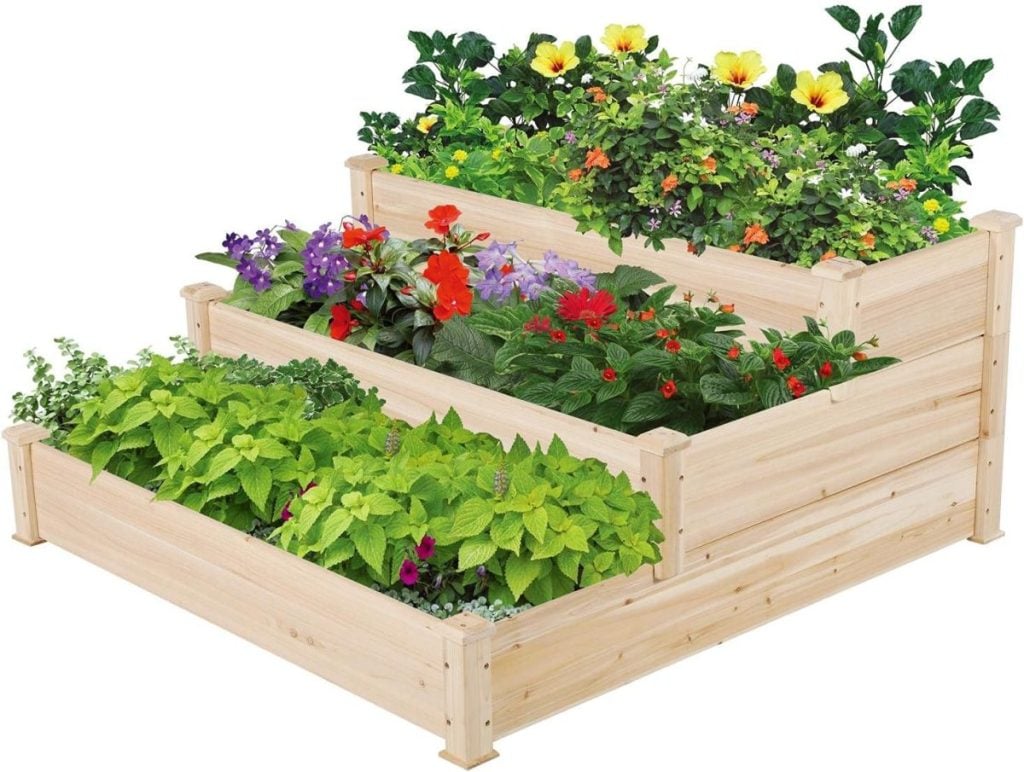
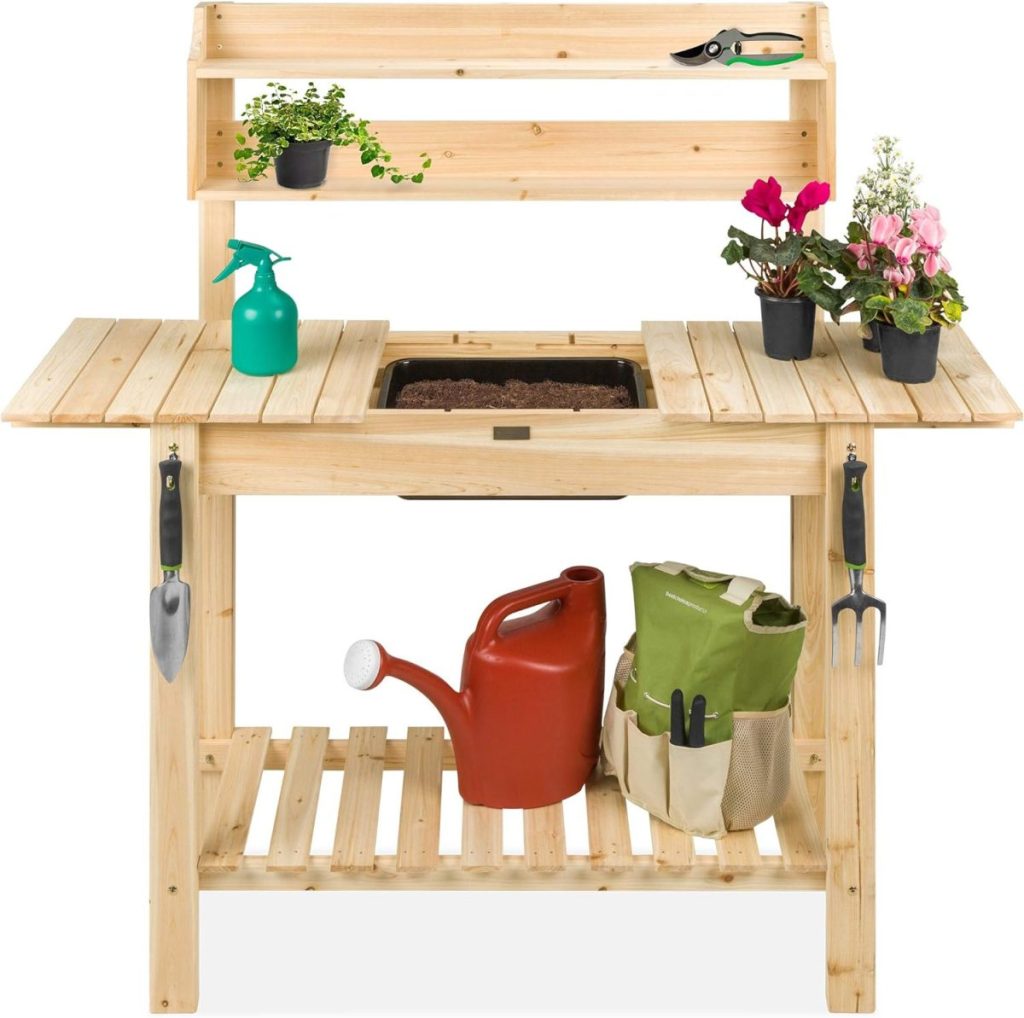
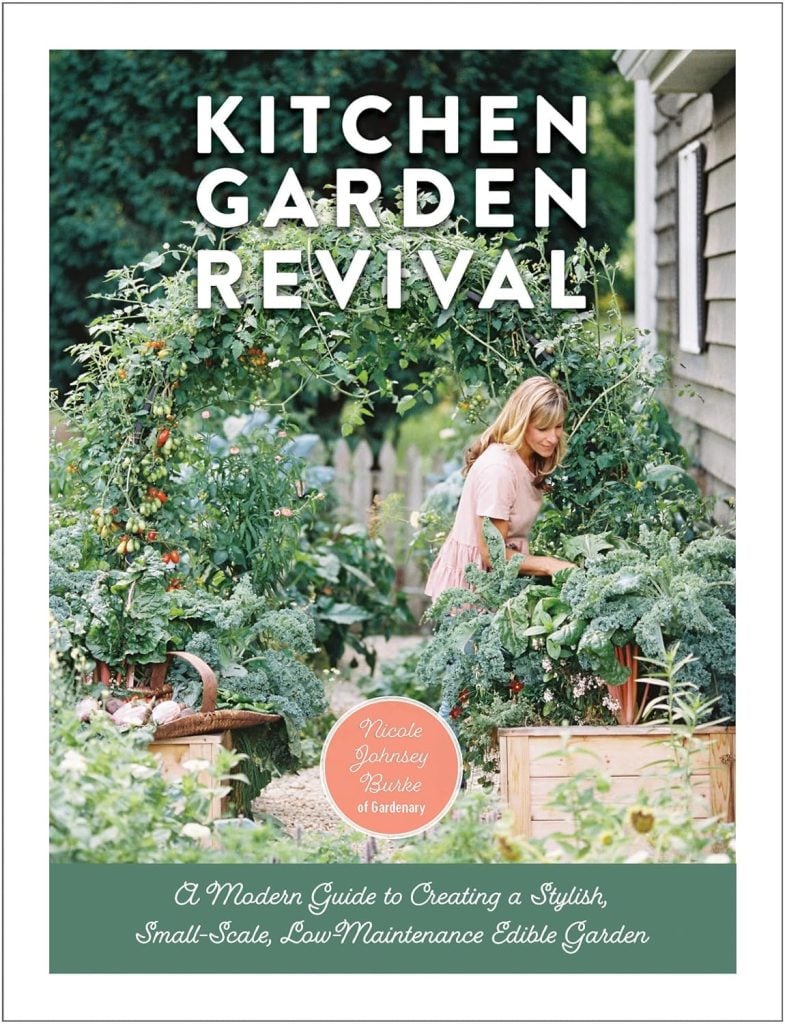
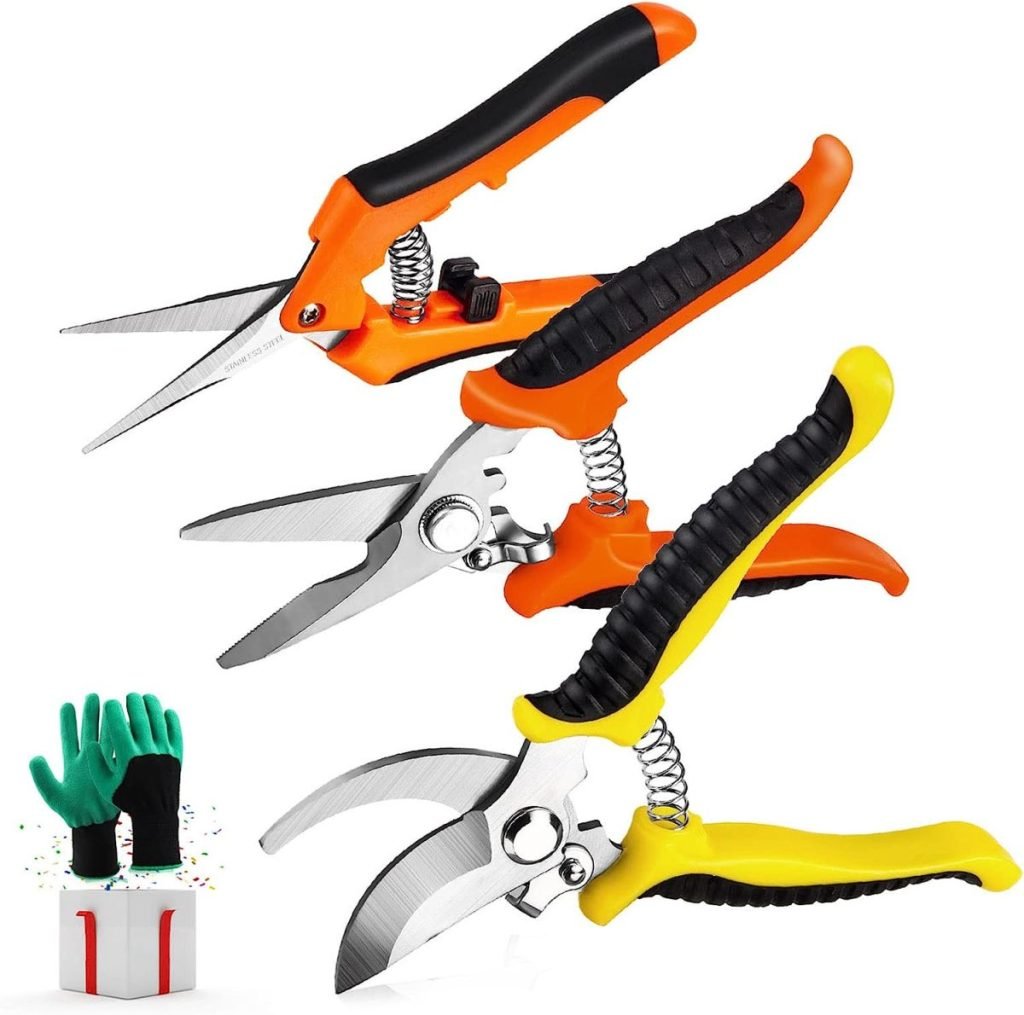
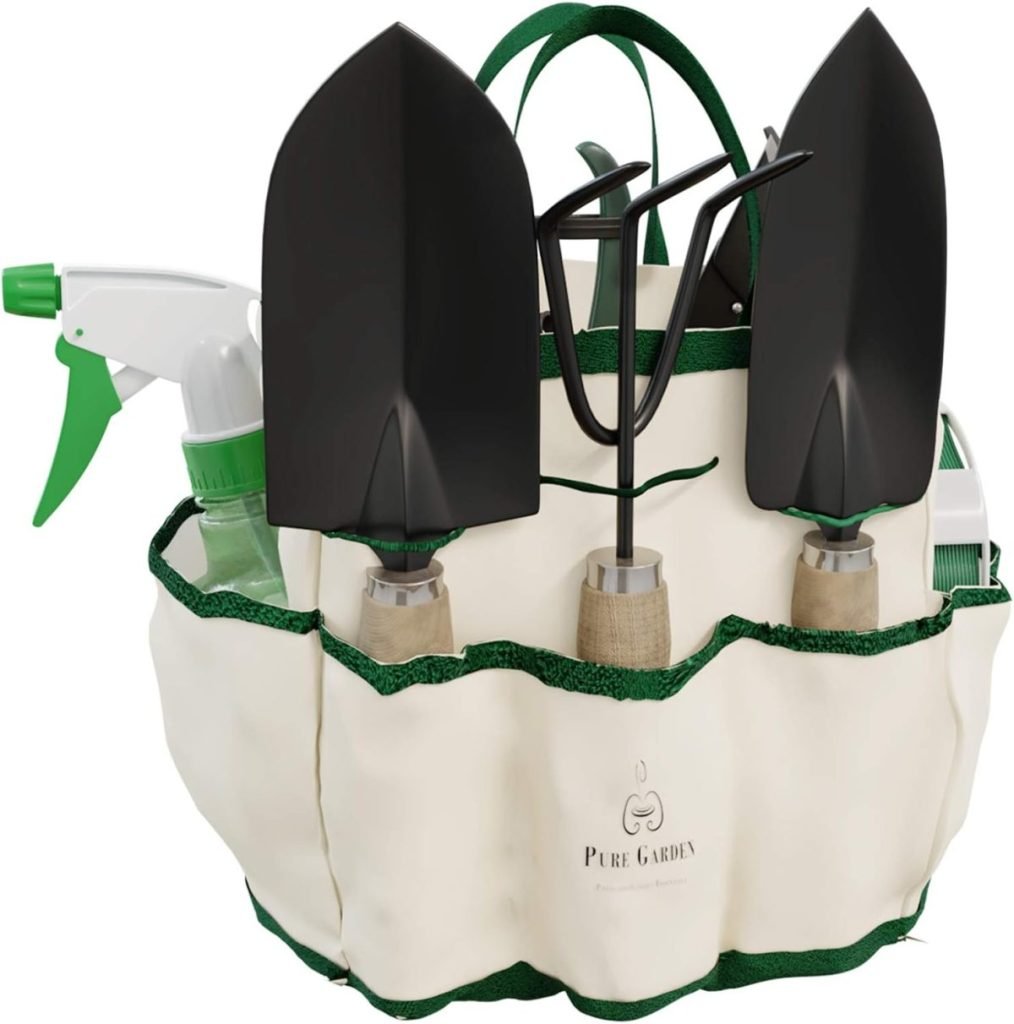
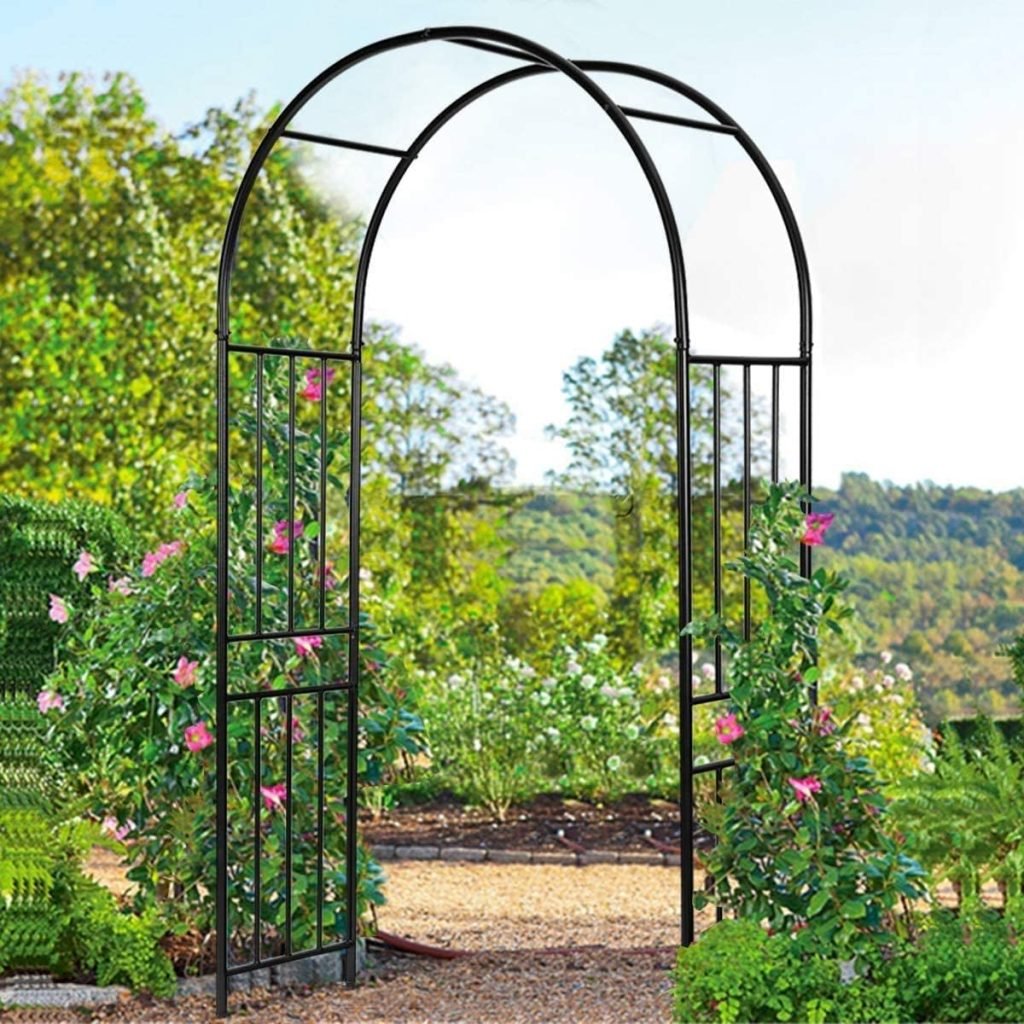
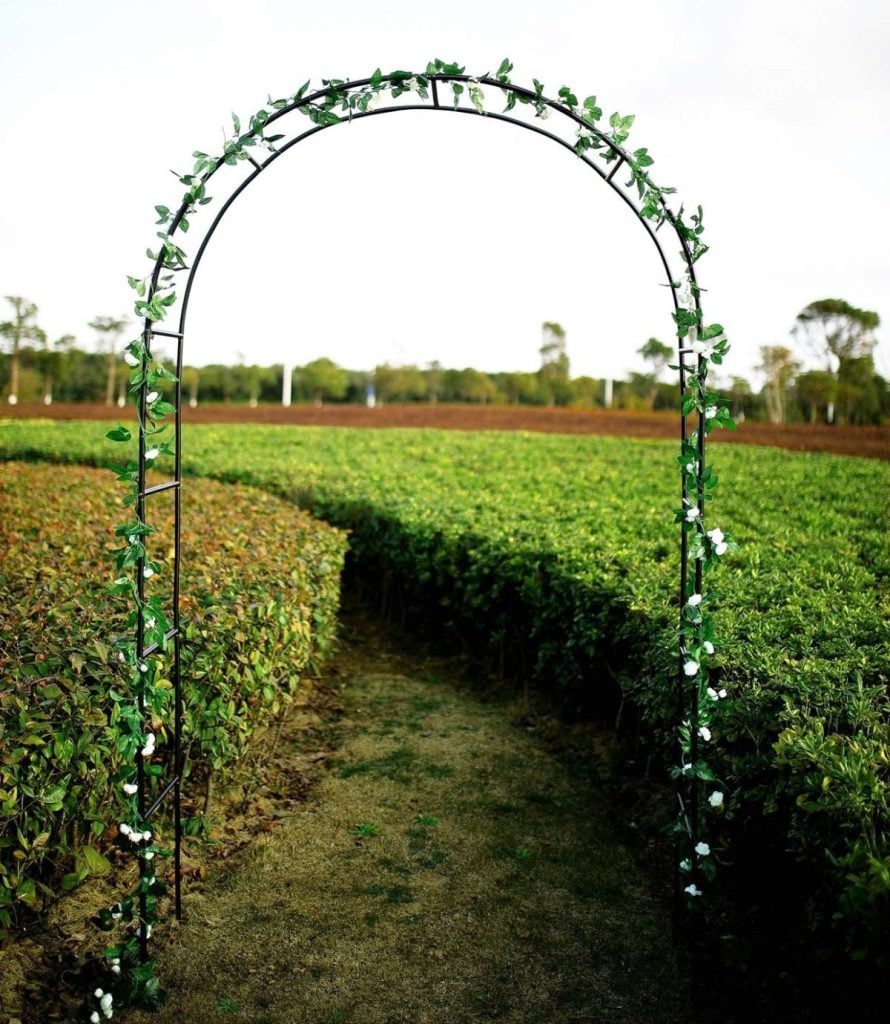
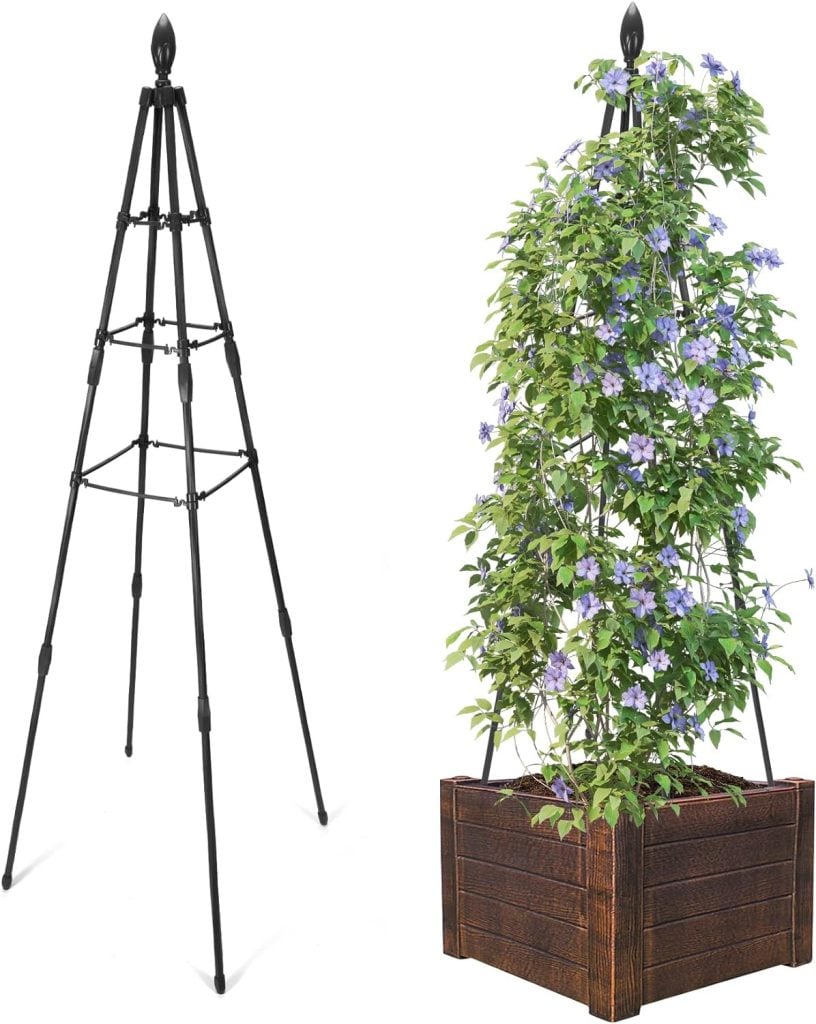
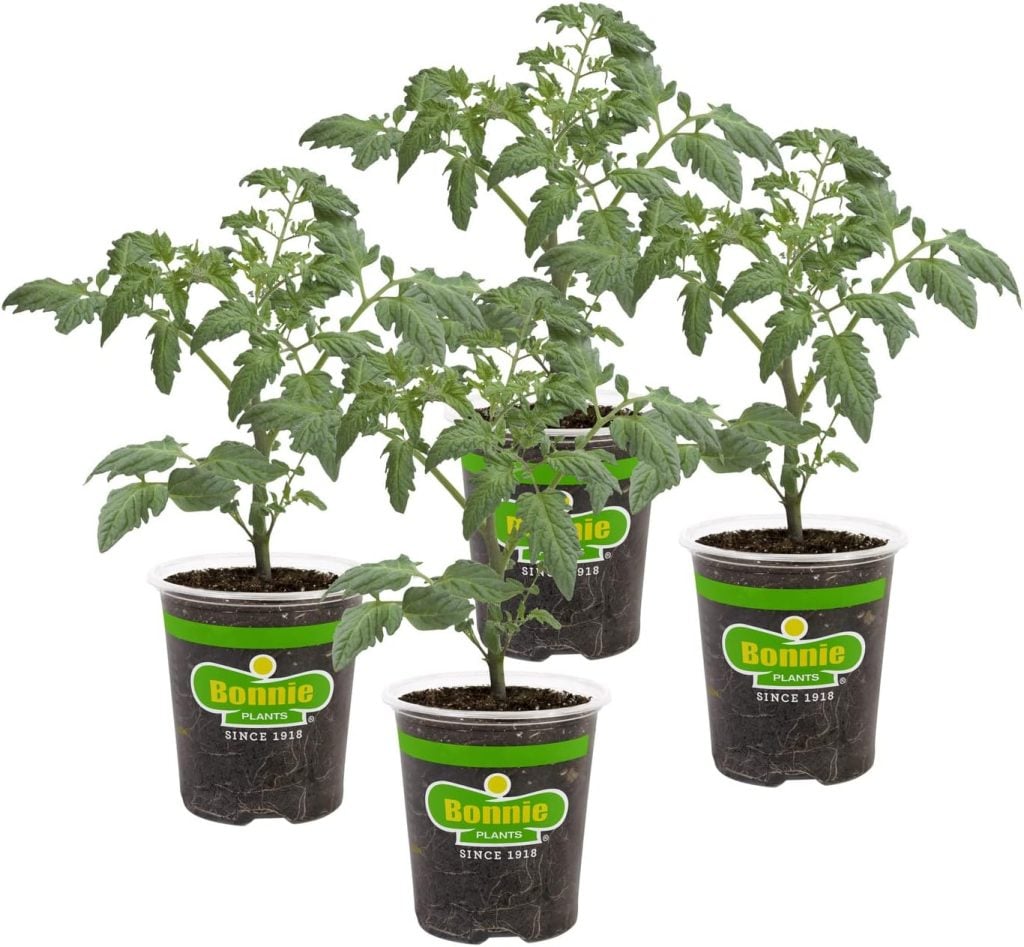
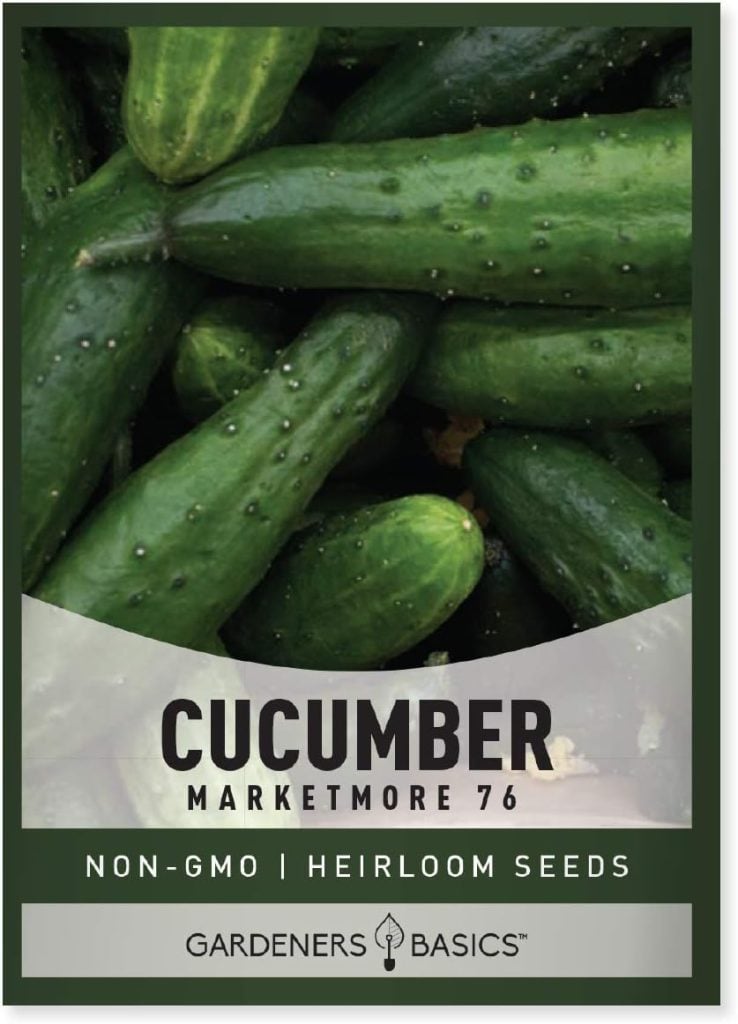
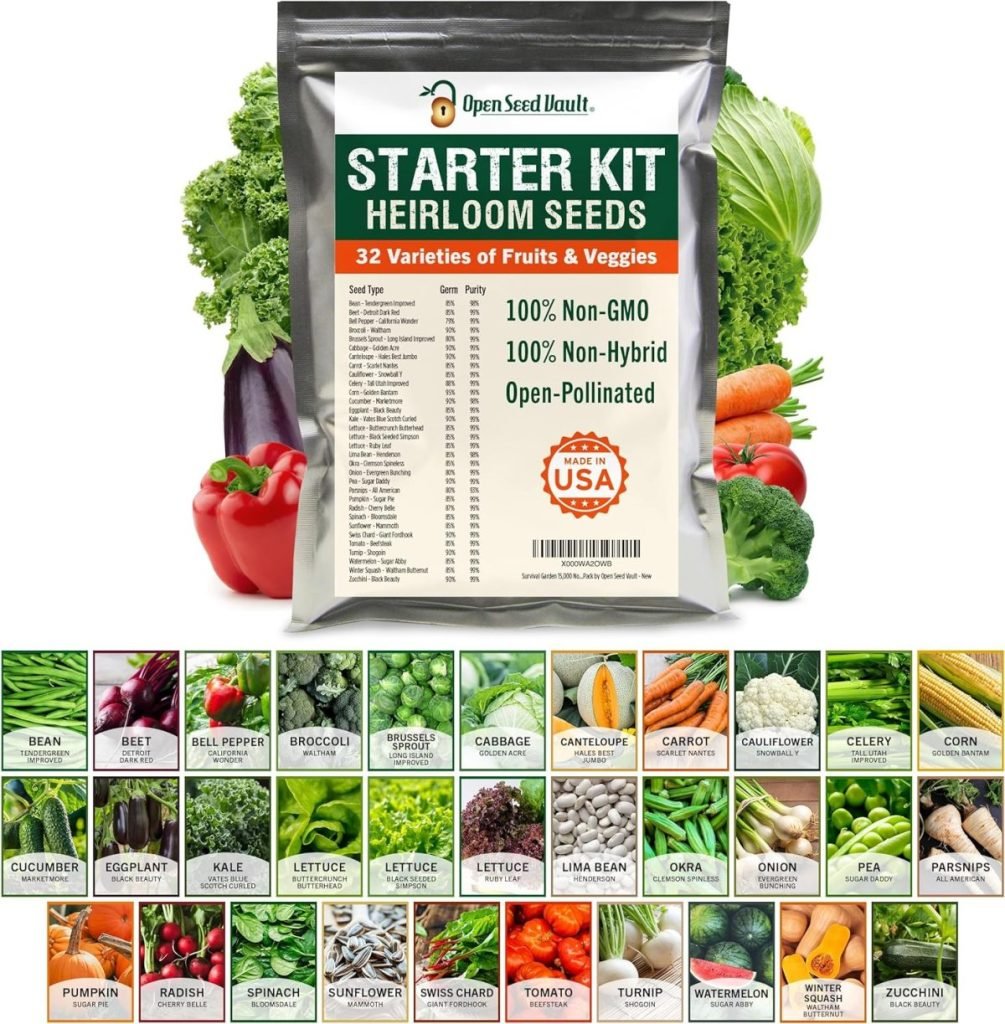
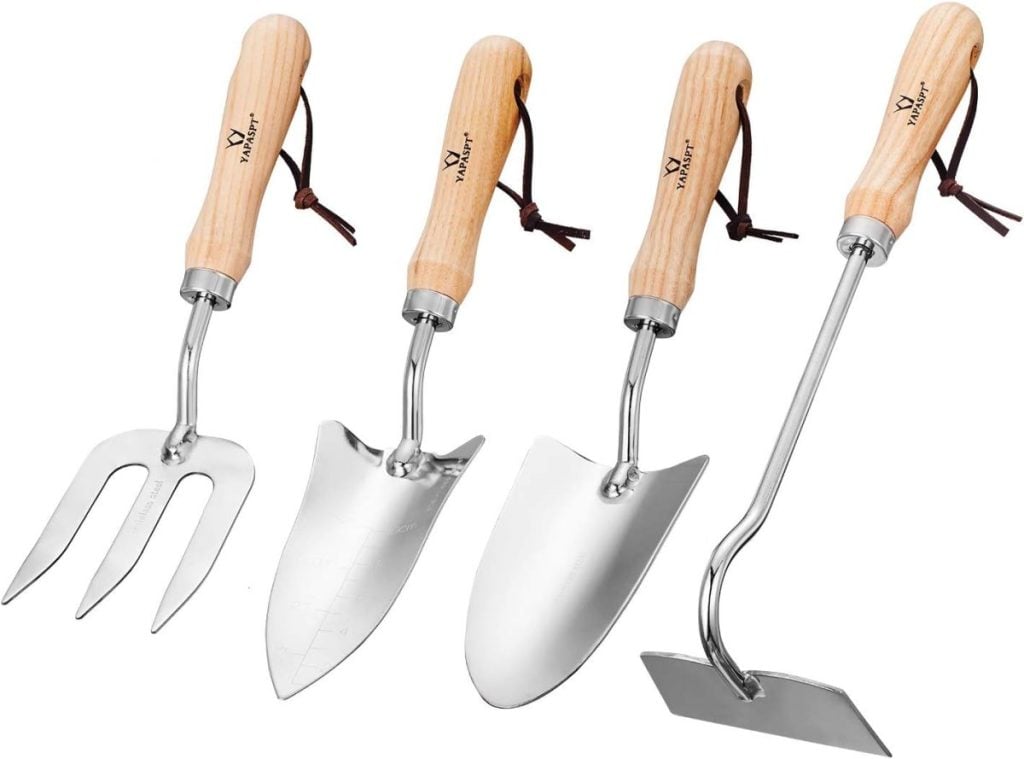
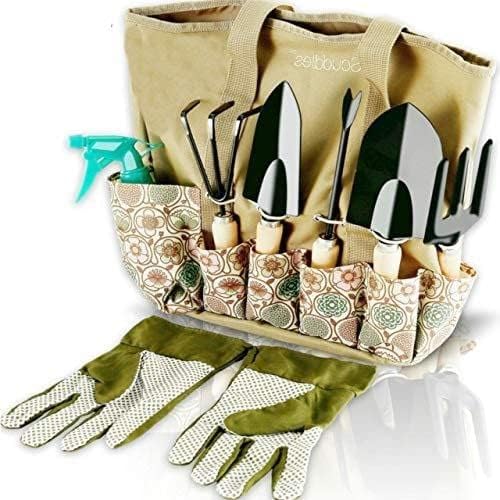
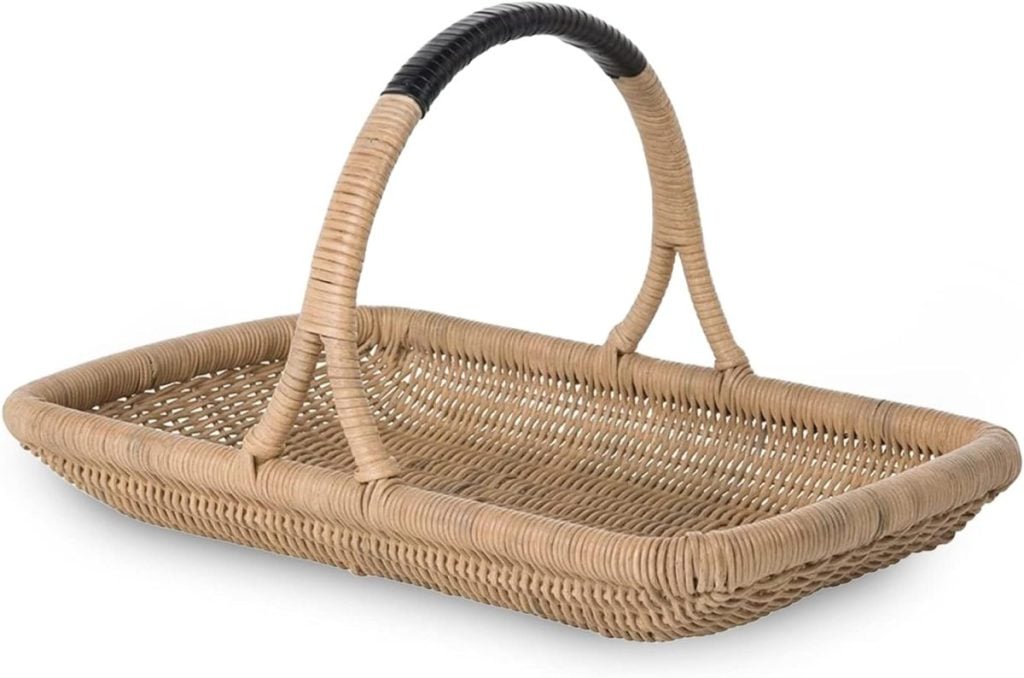
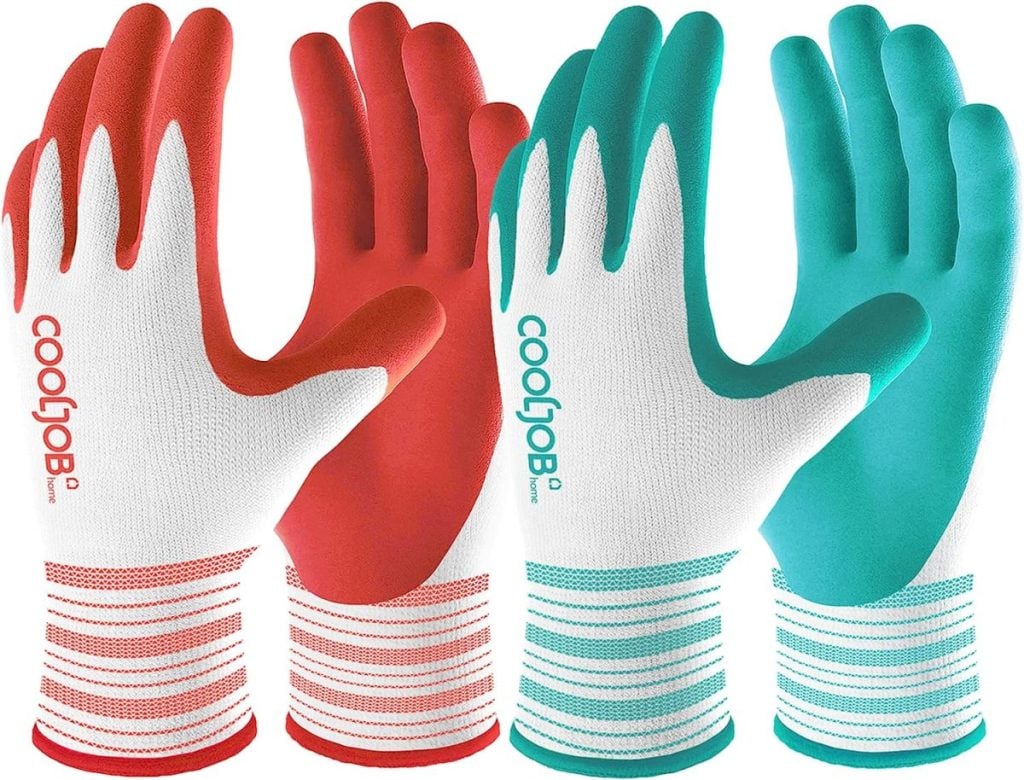
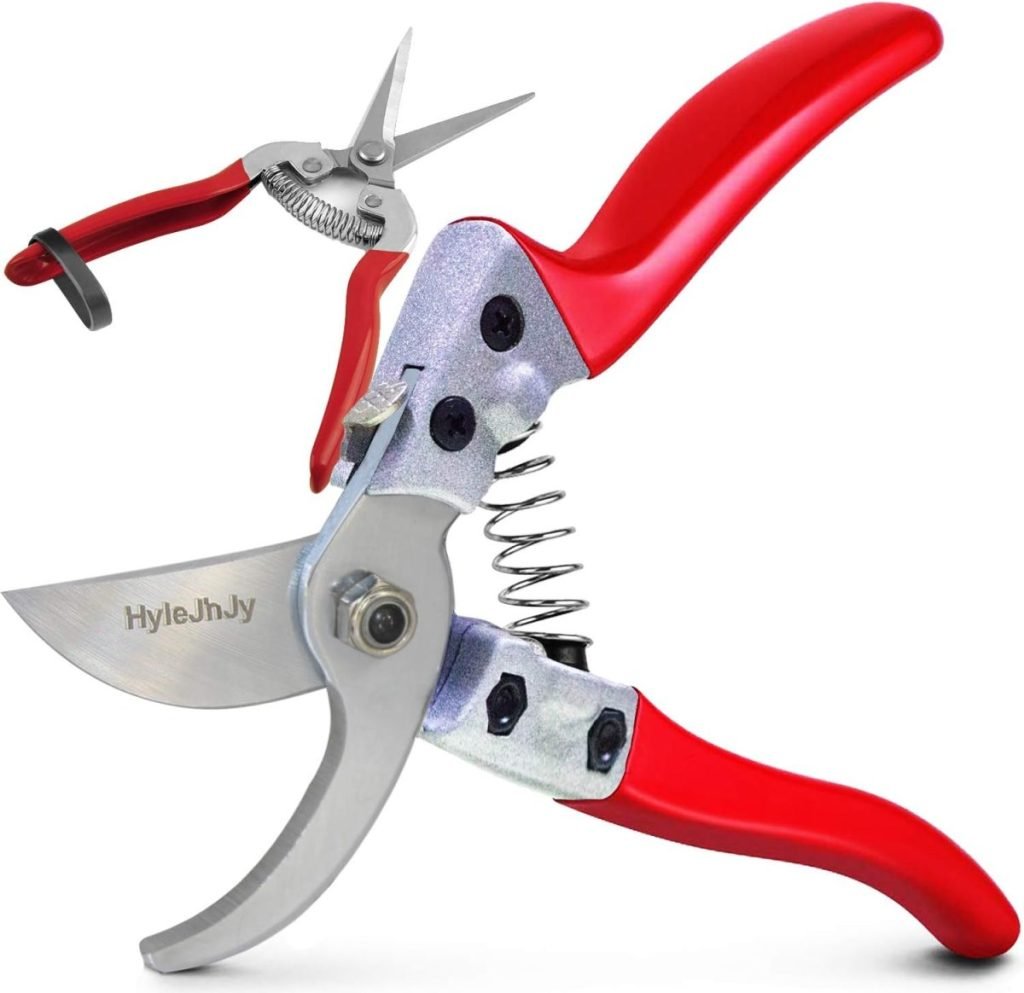
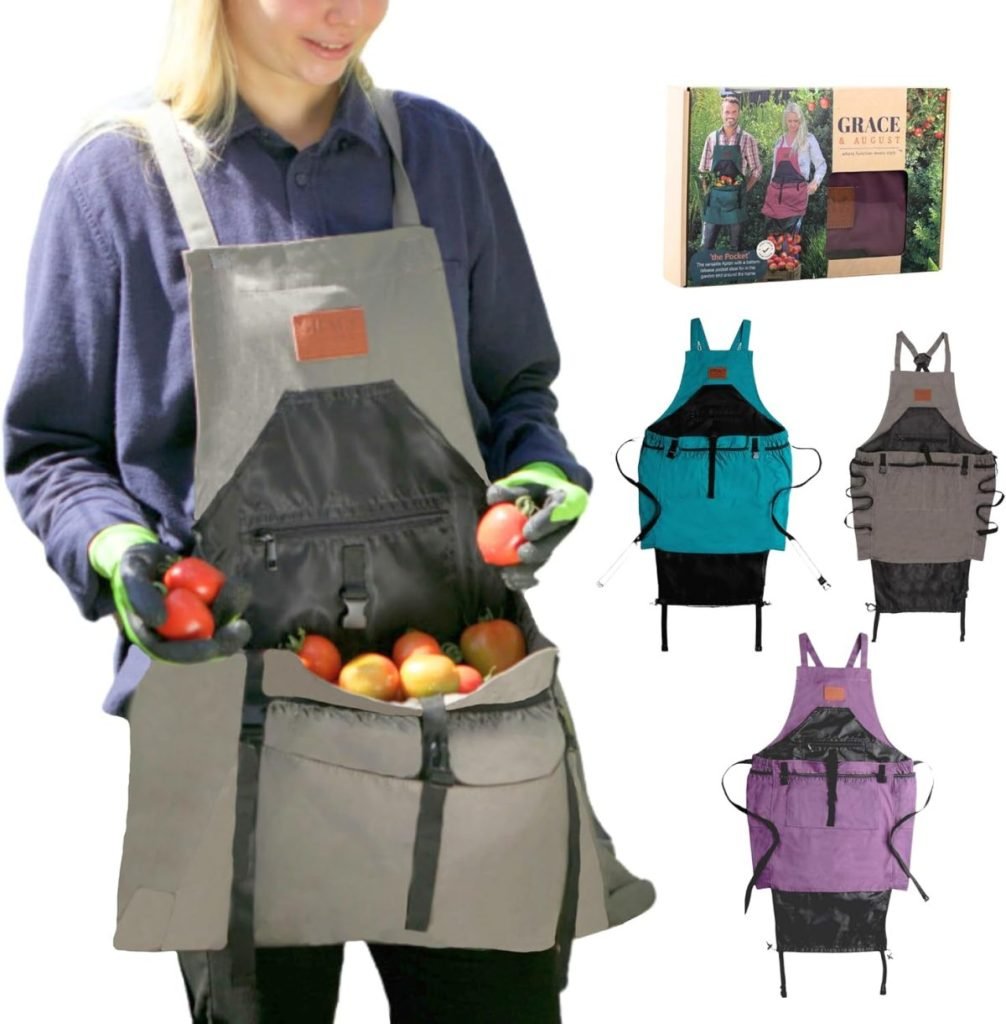


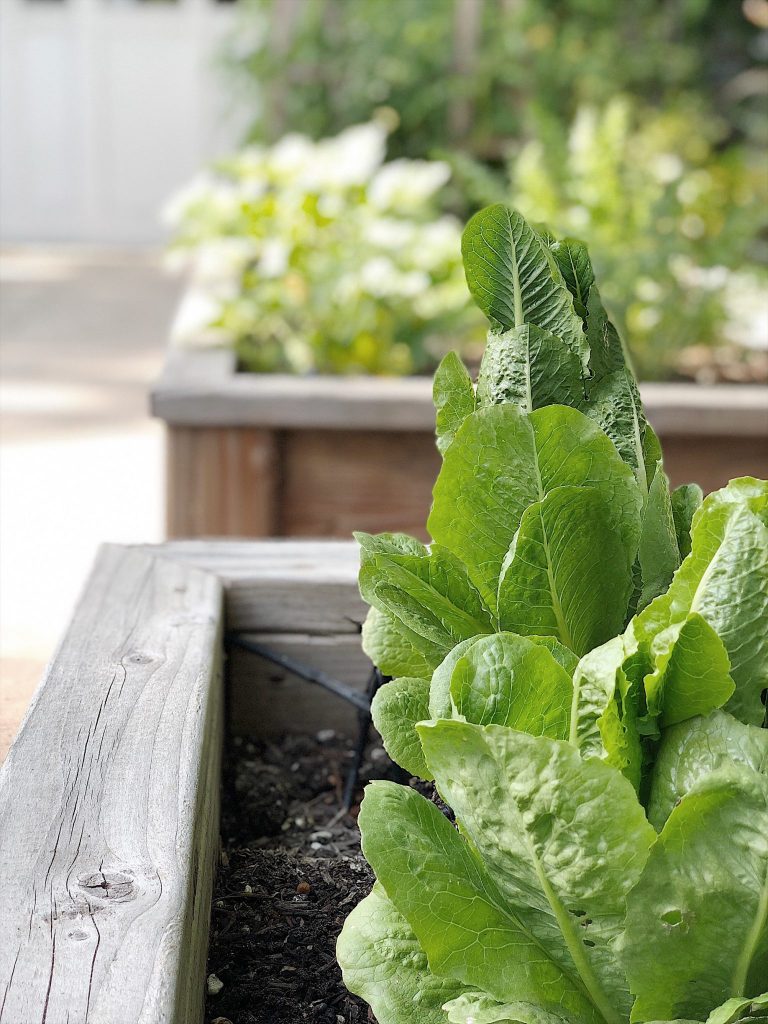

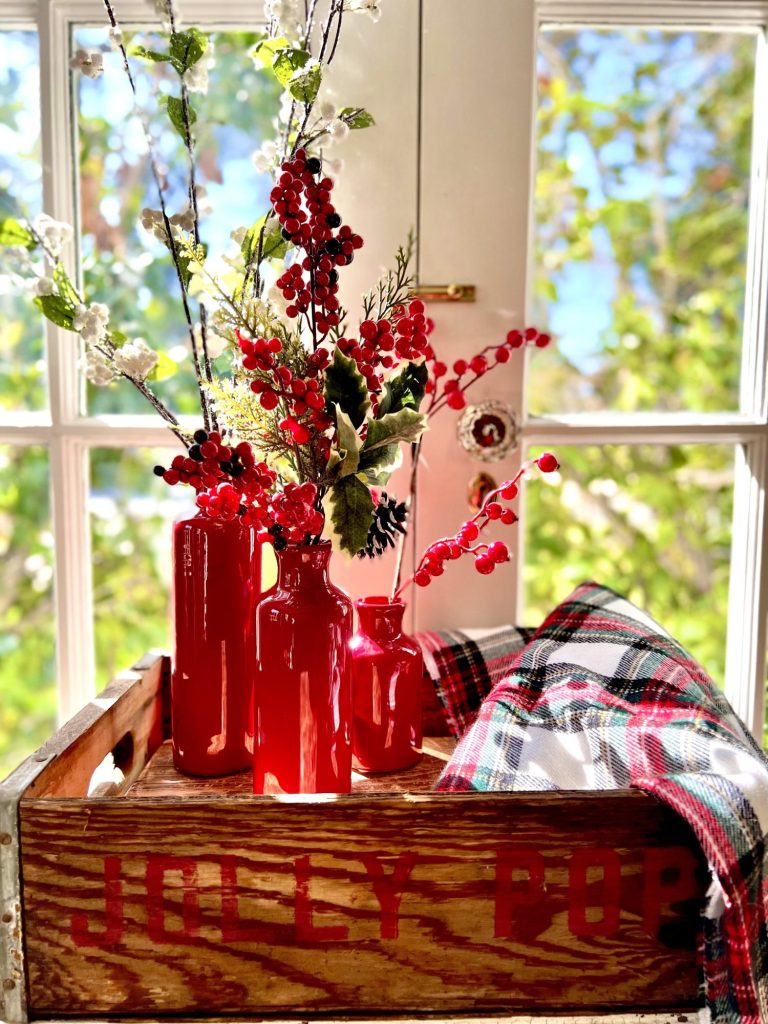
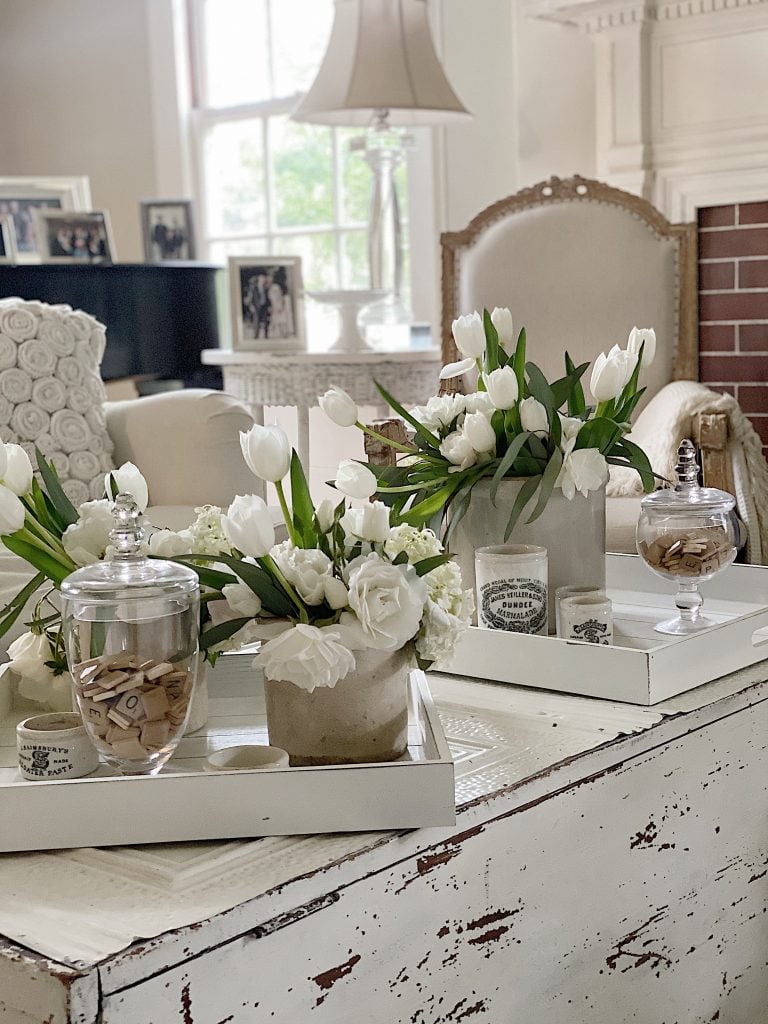
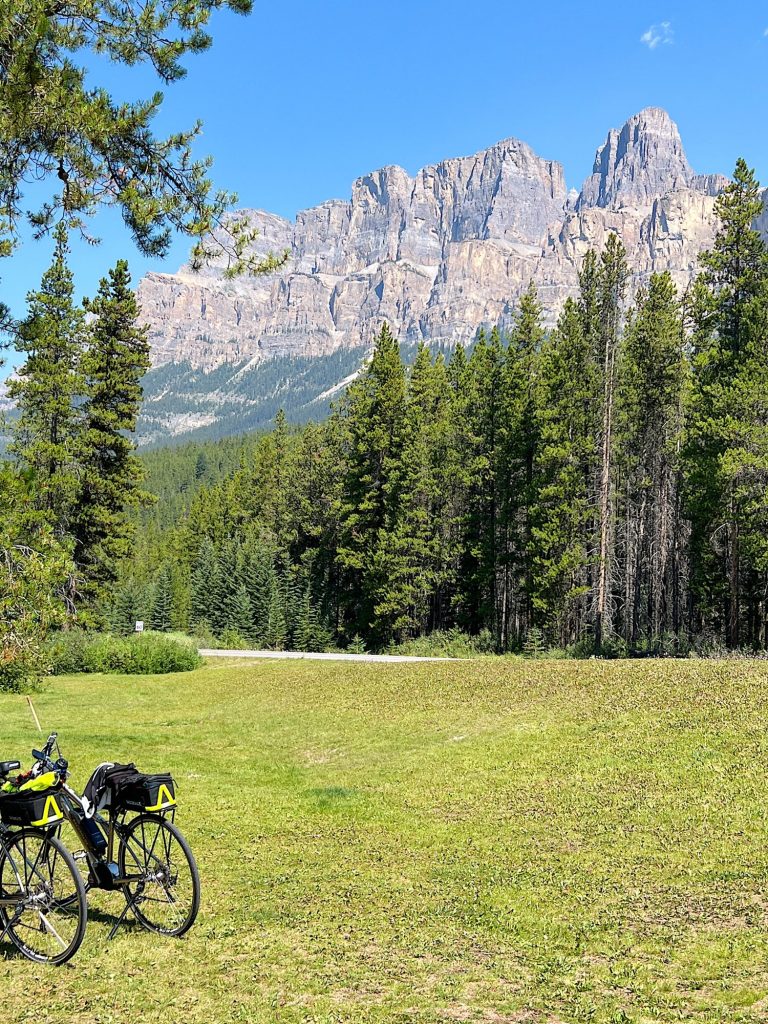






Wow wow wow is this new veggie bed set up the best ever! Green Thumb nursery has been a stable place for locals to buy from for years and years. Can’t wait to see what you plant.
Oh my gosh thank you so much Cindy! I am so excited about it!
This is amazing. I am so impressed with your veggie patch. Your passion and dedication makes me feel excited too!
Thank you! I love having fresh vegetables steps away from my door ☺️